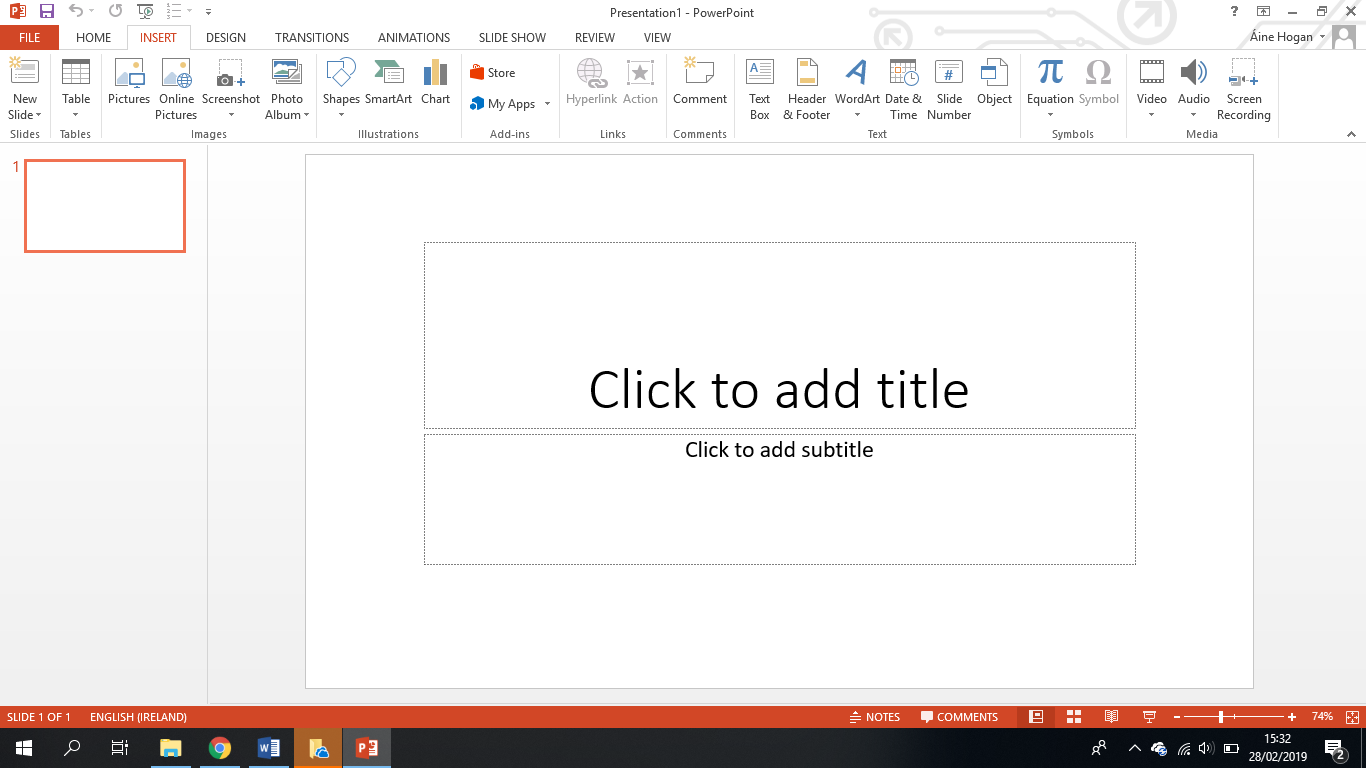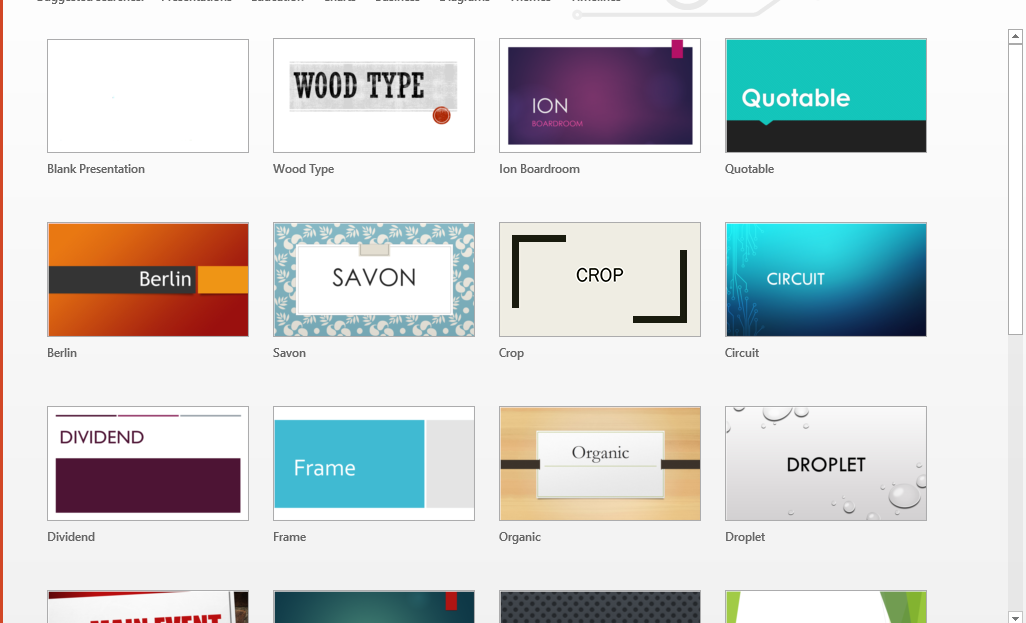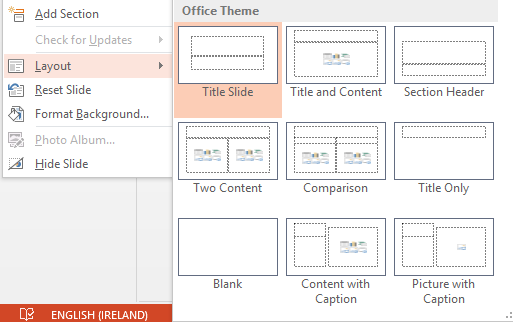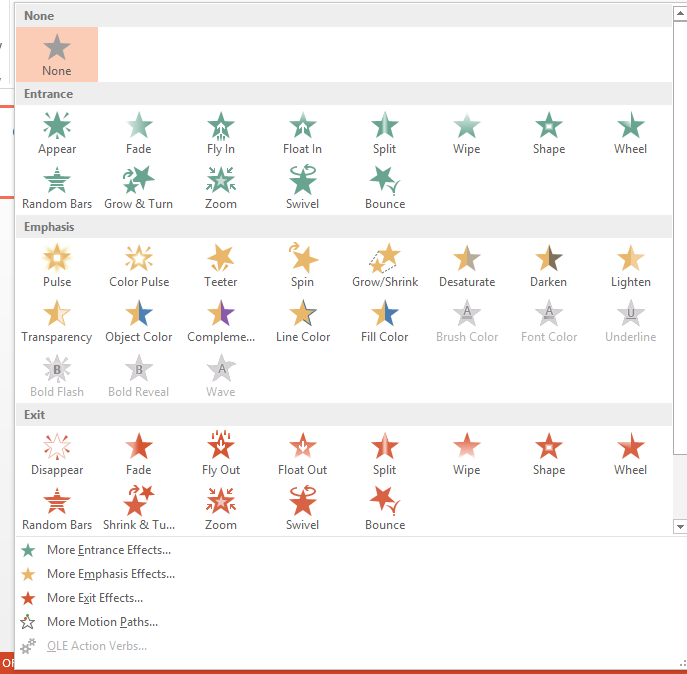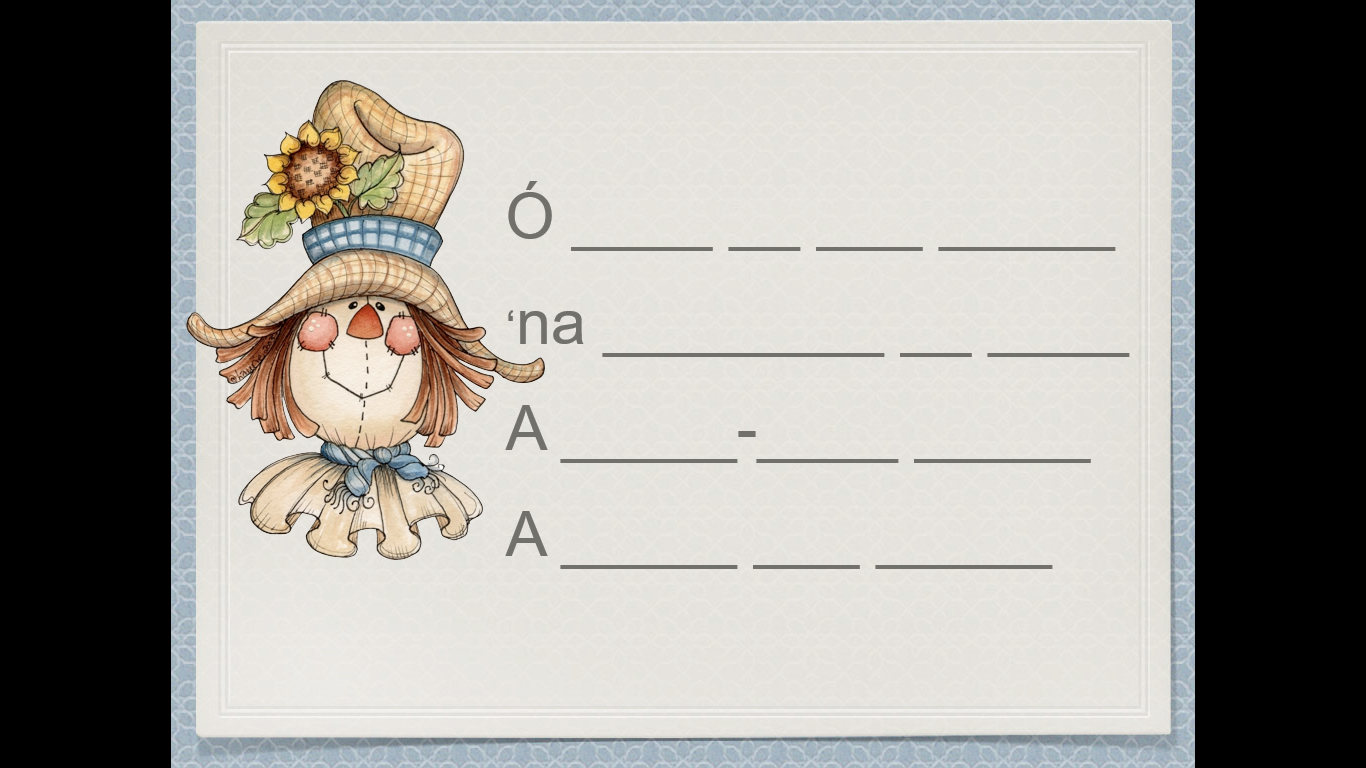Twitter is a news and social networking application, used by people to communicate to their followers through the medium of images, videos, links, or short messages called Tweets.
Anyone aged 13+ can use Twitter to socialise, to follow people or topics of interest, to market a product, or to promote an event. Politicians use Twitter to promote their campaign. Musicians may use it to publicise a tour. Many people use Twitter to increase their knowledge in a particular area or, as an instructional designer I interviewed recently said, as “a professional learning network”.
Twitter allows users to send out short messages called Tweets. Tweets can contain up to 280 characters, which encourages the user to be succinct in their writing. Users can share videos, articles, up to four photos, and even other people’s Tweets (a retweet). Users can follow other people on Twitter and they are able to like or comment on other people’s tweets. Hashtags are often added to Tweets to connect the tweet with a particular topic. It is possible to message people privately on Twitter also. These message are called direct messages or DMs.
Prior to studying my Masters in Technical Communication and E-Learning, I used Twitter infrequently. In terms of personal use, I would search Twitter for things that were trending or to see live news updates, about an election for example. I am also in charge of a Twitter handle for a local theatre company. I use this profile to advertise upcoming productions and share any important theatre-related news.
I now have a third Twitter handle, which I am using as an educational tool. I find it invaluable in helping to keep up to date with trends and practices in the field of instructional design and technical writing. It has enabled me to tap into the experiences of expert instructional designers and to connect with others working in the field, both nationally and internationally. Twitter has encouraged me to seek out informative articles and to find blogs that are beneficial to my assignments.
Potential Benefits of Twitter
- The information on Twitter is ‘hot off the press’, so to speak. You can see live updates and opinions from instructional designers and technical writers.
- Hashtags allow you to search for topics of interest. For example, if you are looking for advice or inspiration on how best to present your e-portfolio, you can search #eportfolio, and the results will show advice, articles, and samples of e-portfolios.
- It enables the user to promote their own work and opinions, and to influence their followers. Users can do this by sharing a blog or article they have written.
- The 280 character limit is one of Twitter’s strong points. It encourages users to get their point across without any waffle. There is a skill to writing a clear, concise, engaging tweet.
- Users can connect with others working in their field and engage in conversation about topics of interest.
Potential Challenges of Twitter
- Although it is easy to search for topics on Twitter, it is not so easy to filter out the noise. Twitter can get overloaded with information and it can be difficult to sieve through it to find relevant material. For example, when searching for #eportfolios, you will get helpful results but they will be mixed in with a lot of tweets that are not relevant to your particular needs.
- Although I favour the character restriction, it can, on occasion, make it very difficult to present your message completely. Users overcome this issue by commenting underneath their original tweet with the rest of their message, but this is not ideal either. Users may not see the follow-up messages and misinterpret the original tweet.
This blog, from edublogger, teaches Twitter novices everything they need to know about Twitter. https://www.theedublogger.com/twitter/
